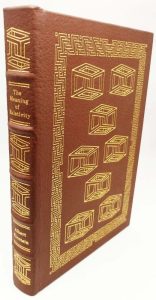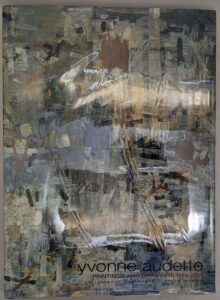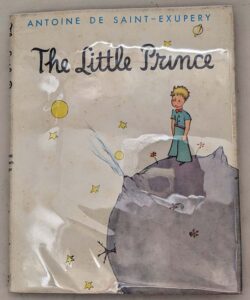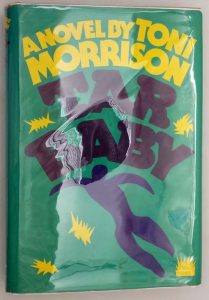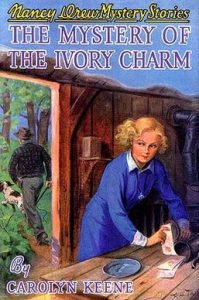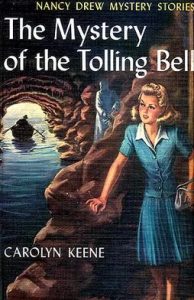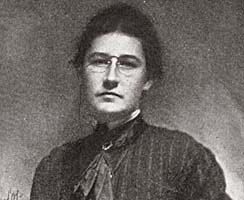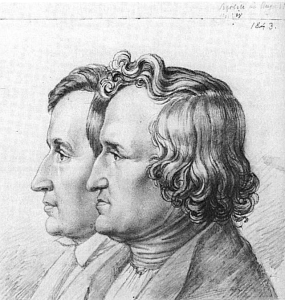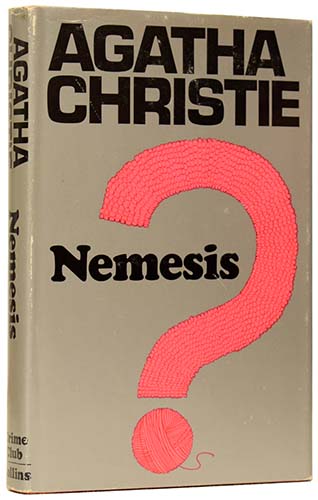
Nemesis is a work of detective fiction by Agatha Christie (1890–1976) and first published in the UK by the Collins Crime Club in November 1971 and in the US by Dodd, Mead and Company later in the same year. The UK edition retailed at £1.50 and the US edition at $6.95. It was the last Miss Marple novel the author wrote, although Sleeping Murder was the last Miss Marple novel to be published.
Miss Marple first encounters Jason Rafiel in A Caribbean Mystery, where they solve a mystery. In his will, Rafiel leaves another mystery for Miss Marple to solve.
Nemesis received generally positive reviews at the time of publication. It was described as “astonishingly fresh” with a “devilish fine” confrontation and overall was “quite worthy of the Picasso of the detective story”. It is a “first-rate story” in a “traditional detective novel”. The novel is “readable and ingenious” and “Miss Christie remains unflagging” at age 80. A later review by Barnard is the only negative note, stating “The garden paths we are led up are neither enticing nor profitable,” and Barnard rates Christie’s later novels generally not as good as earlier ones.
Plot Summary
[SPOILER ALERT]
Miss Marple receives a letter from the solicitors of the recently deceased Jason Rafiel, a millionaire whom she had met during a holiday on which she had encountered a murder, which asks her to look into an unspecified crime; if she succeeds in solving the crime, she will inherit £20,000. Rafiel has left her few clues. She begins by joining a tour of famous British houses and gardens with fifteen other people, arranged by Mr Rafiel prior to his death. Elizabeth Temple is the retired school headmistress who relates the story of Verity, who was engaged to Rafiel’s ne’er-do-well son, Michael, but the marriage did not happen. Another member of the tour group, Miss Cooke, is a woman she had met briefly in St Mary Mead.
Her next clue comes from Lavinia Glynne; Rafiel had written to Mrs Glynne and her two sisters before his death, suggesting Miss Marple spend the most physically challenging few days of the tour with them at the Old Manor House. Miss Marple accepts Lavinia’s invitation. She then meets Lavinia’s spinster sisters, Clotilde and Anthea Bradbury-Scott. Touring the grounds, Miss Marple notices a creeping plant about to bloom, polygonum baldschuanicum covering the wreck of the greenhouse. On talking with the servant, Miss Marple learns Verity joined the family after both her parents died, becoming quite attached to Clotilde. Verity is dead now, brutally murdered. Michael Rafiel is in prison.
On the morning of her return to her party, Miss Marple learns Miss Temple had been injured by a rockslide during the previous day’s hike, and was lying in a coma in hospital. The group stays over an extra night to wait for news from the tour guide about Miss Temple’s health. Professor Wanstead, a pathologist and psychologist interested in criminal brains, had been instructed by Mr Rafiel to go on the tour. He had examined Michael Rafiel at the request of the head of the prison where Michael was incarcerated; he came to the conclusion Michael was not capable of murder. He tells Miss Marple how distant Michael’s father seemed, yet wanting justice. He mentions a missing young local woman, Nora Broad, and he fears she will be found murdered. Wanstead takes Miss Marple to see Miss Temple; in a moment of consciousness, Miss Temple had asked for Miss Marple. Miss Temple wakes long enough to tell Miss Marple to “search for Verity Hunt”, and dies that night. The three sisters extend their invitation to Miss Marple when she decides not to return to the tour, and she promptly accepts. That night, Mrs Glynne tells the story of Verity in their household to Miss Marple.
After the inquiry into Miss Temple’s death, Miss Marple is visited by Archdeacon Brabazon, a friend of Miss Temple. He tells Miss Marple he was going to marry Verity Hunt and Michael Rafiel in a secret ceremony. While he disapproved of the secrecy and worried about their prospects, he agreed to marry them because he could see they were in love. He was most surprised when neither turned up for the wedding, nor sent a note. Miss Marple stays another night with the three sisters when the tour moves on. Professor Wanstead travels to London by train on an errand for Miss Marple. Miss Barrow and Miss Cooke decide they will visit a nearby church. Later that evening, Miss Marple talks with the sisters about what she thinks may have happened and, while they are doing so, Miss Barrow and Miss Cooke appear, to talk to Miss Marple. They stay for a time and are then invited back for coffee that evening.
As they talk about Miss Temple, Miss Marple suggests, albeit dissembling, Joanna Crawford and Emlyn Price (two of those on the tour) pushed the boulder, and their alibis are mere fabrication. As they get ready to leave, Miss Cooke suggests the coffee would not suit Miss Marple, as it will keep her up all night. Clotilde then offers some warm milk. The two ladies soon depart, although each returns to retrieve a forgotten item. At three o’clock in the morning, Clotilde enters Miss Marple’s room, surprised when Miss Marple turns on the light. Miss Marple tells her she did not drink the milk. Clotilde offers to warm it up, but Miss Marple tells her she still would not drink it because she knows Clotilde killed Verity Hunt and buried her body in the wreck of the greenhouse, because she could not bear Verity leaving her for someone else. She also knows Clotilde brutally murdered Nora Broad to (mis)identify her body as Verity’s and thus throw suspicion on Michael Rafiel. Clotilde murdered Miss Temple as well. As Clotilde advances toward her, Miss Marple blows on a whistle, which brings Miss Cooke and Miss Barrow to her defence — they are bodyguards employed by Mr Rafiel to protect Miss Marple. Clotilde drinks the milk herself, which is poisoned. Miss Marple tells the story to the Home Secretary, including that Verity is buried on the property of the Bradbury-Scotts. Michael Rafiel is set free. Miss Marple collects her inheritance, confident she completed the task given her.
Publication history
- 1971, Collins Crime Club (London), November 1971, Hardcover, 256 pp
- 1971, Dodd Mead and Company (New York), Hardcover, 271 pp
- 1973, Pocket Books (New York), Paperback, 229 pp
- 1974, Fontana Books (Imprint of HarperCollins), Paperback, 192 pp
The novel was first serialised in the UK weekly magazine Woman’s Realm in seven abridged instalments from 25 September (Vol 27, No 702) to 6 November 1971 (Vol 27, No 708), with illustrations by Len Thurston.
In North America the novel was serialised in the Star Weekly Novel, a Toronto newspaper supplement, in two abridged instalments from 16 to 23 October 1971, with each issue containing the same cover illustration by Laszlo Gal.
Nemesis – First Edition Book Identification Guide
The books are listed in the order of publication. While the majority of Agatha Christie’s books were first published in the UK. There are many titles that were first published in the US. The title of the book may differs from the UK edition in some cases.
| Year | Title | Publisher | First edition/printing identification points |
|---|---|---|---|
| 1971 | Nemesis | William Collins & Sons, London, [1971] | First edition. "© Agatha Christie, Ltd., 1971" stated on the copyright page. No statement of later printings. Red cloth lettered in gold. Price £1.50. |
| 1971 | Nemesis | Dodd, Mead & Co, NY, [1971] | First American edition. "© Agatha Christie, Ltd., 1971" stated on the copyright page. Patterned gray boards, green cloth spine lettered in gold and black. Price $ 6.95. |
Note about Book Club Editions (BCE) and reprints:
UK: You can see statements of later reprint dates or of book club on the copyright page.
US: The US reprint publishers usually use the same sheets as the first edition and are harder to identify by looking at the title page or the copyright page. One may identify a BCE by looking at the DJ, which doesn’t have a price on top of the front flap and a “Book Club Edition” imprint at the bottom. If the dust jacked is clipped at both the top/bottom of the front flap. You can safely assume it’s a BCE . If the book is missing the dust jacket. Later BCE editions can be identified by its plain boards, while first printings are issued in quarter cloth.
Please refer to the gallery for detailed images of true first edition bindings and dust jackets.
Nemesis – First Edition Dust Jacket Identification Guide
First edition bindings and various dust jacket printings identification.
